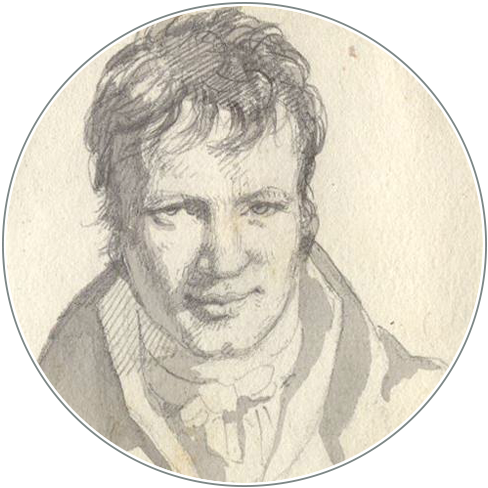Petroglifos en rocas de la Cordillera de la Costa así como en los raudales de los ríos de la selva virgen venezolana. La interpretación por Alejandro de Humboldt y observaciones actuales
DOI:
https://doi.org/10.18443/37Parole chiave:
1799-1804, Petroglyphen, prähistorische Felskunst, VenezuelaAbstract
Resumen
La interpretación de petroglifos así como de otros testimonios del arte rupestre hechos por grupos prehistóricos es, sin duda, difícil en todas las regiones del mundo; pues retrospectivamente casi nunca se pueden descubrir las condiciones bajo las cuales fueron creados, a los hombres que los habían hecho, y sus ideas y deseos así como los rituales en los cuales estas antiguas obras de arte jugaron un papel. Ya el famoso viajero alemán Alejandro de Humboldt profesó admiración a este arte rupestre el cual encontró por la vez primera en Venezuela. Trató de explicarlo como testimonio de una civilización pasada y de revelar su contexto cultural. Es interesante que las respectivas zonas arqueológicas hasta hoy día pueden tener un papel ritual como se reconoce en base a la utilización actual.
Zusammenfassung
Die Interpretation von Petroglyphen wie anderen Zeugnissen der Felskunst prähistorischer Gruppen ist in allen Weltgegenden schwierig, weil die Bedingungen, unter denen sie entstanden sind, die Menschen, die sie schufen, und deren Anliegen und Ideen sowie die Rituale, in denen diese alten Kunstwerke eine Rolle spielten, in der Retrospektive meist nicht zu erschließen sind. Schon der berühmte deutsche Forschungsreisende Alexander von Humboldt zollte dieser Felskunst, der er erstmalig in Venezuela begegnete, Beachtung, versuchte sie als Zeugnisse einer vergangenen Zivilisation zu deuten und ihren kulturellen Zusammenhang zu entschlüsseln. Seither gibt es unterschiedlichste Interpretationsversuche. Interessant ist, daß entsprechende archäologische Zonen bis heute offenbar rituelle Bedeutung haben können, wie aus moderner Nutzung erkennbar wird.
Abstract
Indian Petroglyphs on rocks of the Venezuelan Cordilleras mountain chain as well as Región de los Raudales, the tropical forest headwaters. A. v. Humboldt’s petroglyph interpretations and present observations. Throughout the world the interpretation of petroglyphs and other prehistoric rock art is a difficult endeavor. Some of the factors contributing to these puzzles include, among others: a lack of knowledge about the circumstances (such as rituals) and the concomitant ideas that played key roles in the creation of the petroglyphs. Even the famous nineteenth-century German explorer Alexander von Humboldt, who first saw South American petrogpyphs while mapping the river system connecting the Amazon and Orinoco rivers in Venezuela, ventured to decipher and analyze the complicated artwork as part of his interest in ancient civilizations. Since the time of Humboldt numerous other researchers have attempted to decode and provide a culturally-situated analysis of petroglyph’s meanings.
Pubblicato
Come citare
Fascicolo
Sezione
Licenza
Copyright (c) 2003 Ursula Thiemer-Sachse

Questo lavoro è fornito con la licenza Creative Commons Attribuzione - Non commerciale 4.0 Internazionale.
Die Rechte der eingesandten Artikel bleiben bei den Autoren und werden unter einer Creative Commons-Lizenz (CC BY-NC 4.0) veröffentlicht. Alle bei HiN publizierenden Autorinnen und Autoren akzeptieren dieses Lizenzmodell.
Die Autorinnen und Autoren tragen die Verantwortung für das Einwerben der Bildrechte.
Die Rechte am Layout und Design der Zeitschrift sind nicht übertragbar und können nicht ohne vorherige Zustimmung von HiN in anderen Publikationen weiterverwendet werden.









